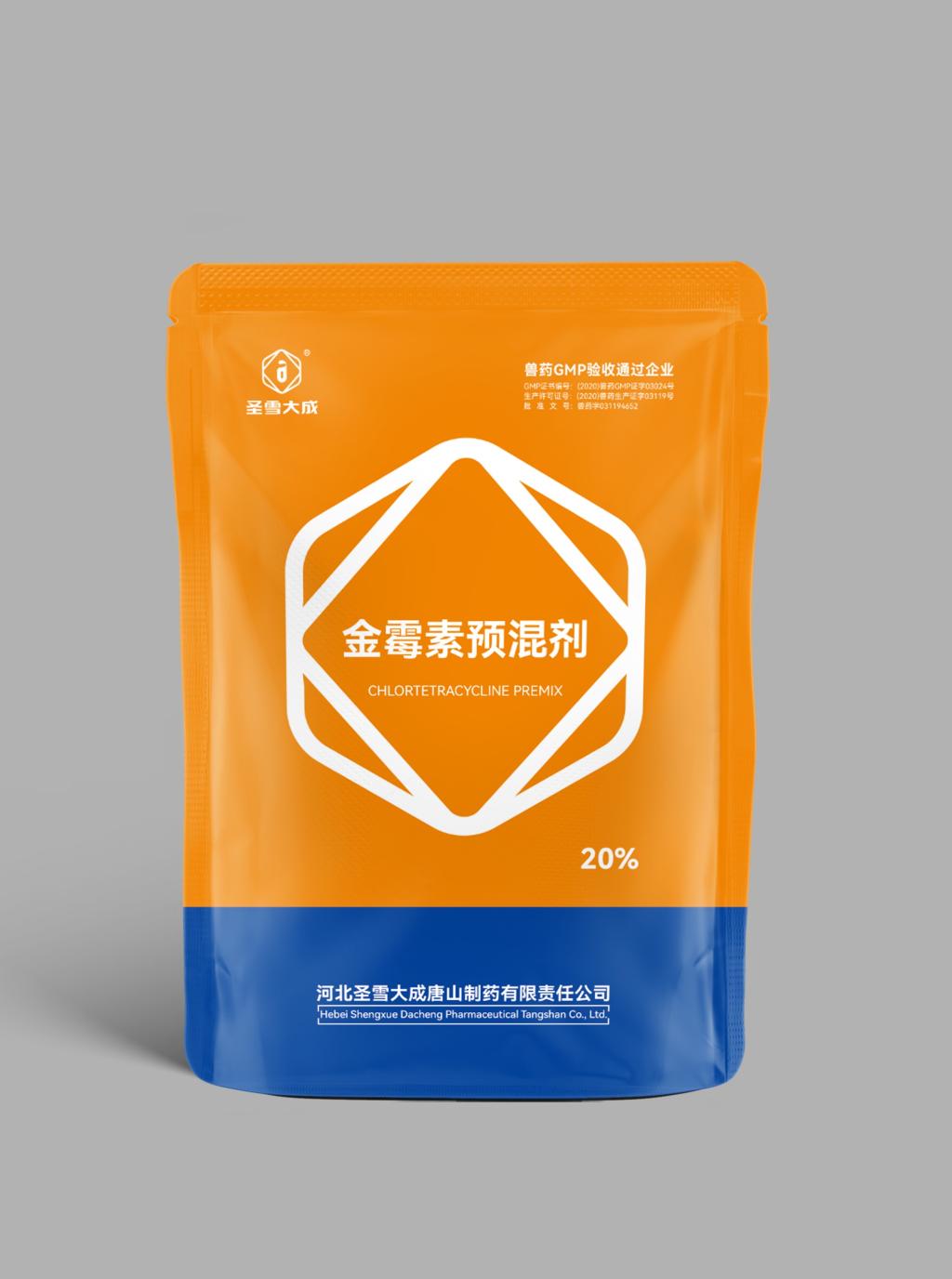Tel:+8618231198596

News
 CONTACT
CONTACT
 CONTACT
CONTACT
- Linkman:Linda Yao
- Tel: +8618231198596
- Email:linda.yao@dcpharma.cn
- Linkman:CHARLES.WANG
- Department:Overseas
- Tel: 0086 0311-85537378 0086 0311-85539701
News
Current Position:
Home >
News
>Chlortetracycline Premix: A cost-effective solution for animal health.
Chlortetracycline Premix: A cost-effective solution for animal health.
TIME:2024-05-29
Efficacy of Chlortetracycline Premix:
CTC premix is widely recognized for its efficacy in controlling bacterial diseases and promoting animal growth in various livestock species. As a member of the tetracycline class of antibiotics, CTC exhibits broad-spectrum activity against Gram-positive and Gram-negative bacteria, including common pathogens such as Escherichia coli, Salmonella spp., and Pasteurella spp. The ability of CTC to inhibit bacterial protein synthesis by binding to the 30S ribosomal subunit makes it effective against a wide range of bacterial infections, including respiratory, gastrointestinal, and reproductive diseases in livestock. Additionally, subtherapeutic doses of CTC have been shown to improve feed efficiency, enhance weight gain, and reduce mortality rates, contributing to overall herd or flock health and productivity.
Economic Value of Chlortetracycline Premix:
One of the key advantages of CTC premix is its cost-effectiveness compared to other antimicrobial agents and health management strategies in livestock production. The relatively low cost of CTC premix, combined with its broad-spectrum activity and potential for growth promotion, makes it an attractive option for producers seeking to optimize feed efficiency and reduce production costs. By controlling bacterial infections, preventing disease outbreaks, and improving growth performance, CTC premix can help producers maximize the return on investment in animal health and nutrition programs. Furthermore, the economic benefits of CTC premix extend beyond individual farms to the broader livestock industry, supporting sustainable production practices and global food security.
Regulatory Considerations for Chlortetracycline Premix:
Despite its efficacy and economic value, the use of CTC premix in livestock production is subject to regulatory oversight and guidelines to ensure animal welfare, food safety, and public health. Regulatory agencies, such as the Food and Drug Administration (FDA) in the United States and the European Medicines Agency (EMA) in Europe, have established regulations governing the use of CTC premix, including maximum residue limits (MRLs), withdrawal periods, and labeling requirements. Compliance with regulatory standards is essential to prevent violative residues in animal products, minimize the risk of antimicrobial resistance, and maintain consumer confidence in the safety of animal-derived foods.
Sustainable Use of Chlortetracycline Premix:
In addition to regulatory considerations, promoting the sustainable use of CTC premix in livestock production requires adherence to antimicrobial stewardship principles and best management practices. Veterinarians, producers, and industry stakeholders play a crucial role in implementing responsible use guidelines, such as judicious antimicrobial selection, proper dosing regimens, and regular monitoring of antimicrobial resistance trends. Furthermore, efforts to minimize the spread of antimicrobial resistance genes, enhance biosecurity measures, and explore alternative health management strategies are essential for ensuring the long-term efficacy and viability of CTC premix in animal agriculture.
Conclusion:
Chlortetracycline (CTC) premix remains a cost-effective and valuable tool for promoting animal health and productivity in livestock production. With its broad-spectrum antimicrobial activity, growth-promoting effects, and economic benefits, CTC premix offers a practical solution for controlling bacterial infections, improving feed efficiency, and optimizing production efficiency. However, the sustainable use of CTC premix requires adherence to regulatory standards, antimicrobial stewardship principles, and best management practices to mitigate the risks of antimicrobial resistance and ensure the safety of animal-derived foods. By recognizing the efficacy, economic value, and regulatory considerations associated with CTC premix, veterinary professionals, producers, and industry stakeholders can make informed decisions to support animal health and welfare while maintaining sustainable production practices.
- Tel:+8618231198596
- Whatsapp:18231198596
- Chat With Skype







